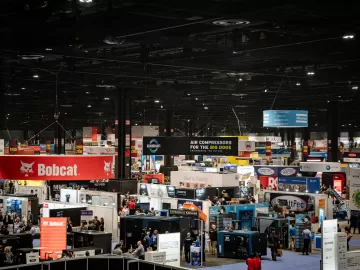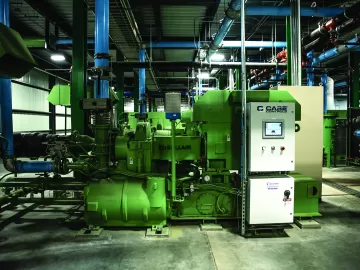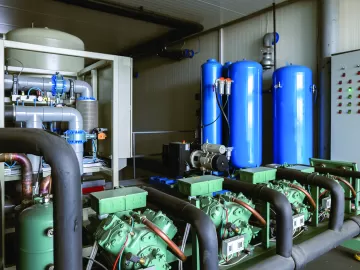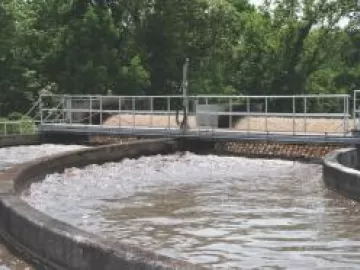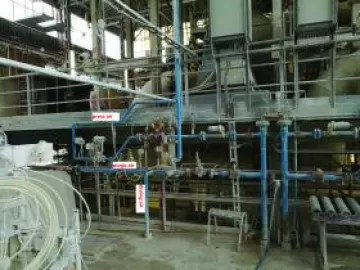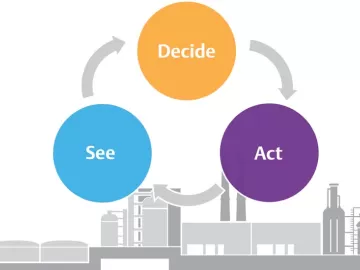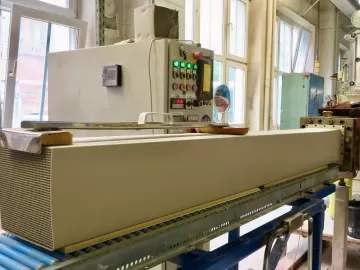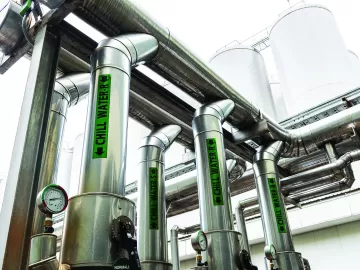Innovative Dual Pressure Control Improves Efficiency
Grand Manufacturing, a small community owned Canadian agricultural products manufacturer, has upgraded their compressed air system as a result of a production expansion, yet increased the compressed air energy efficiency 61% by consolidating their system and implementing an innovative dual pressure control strategy.

